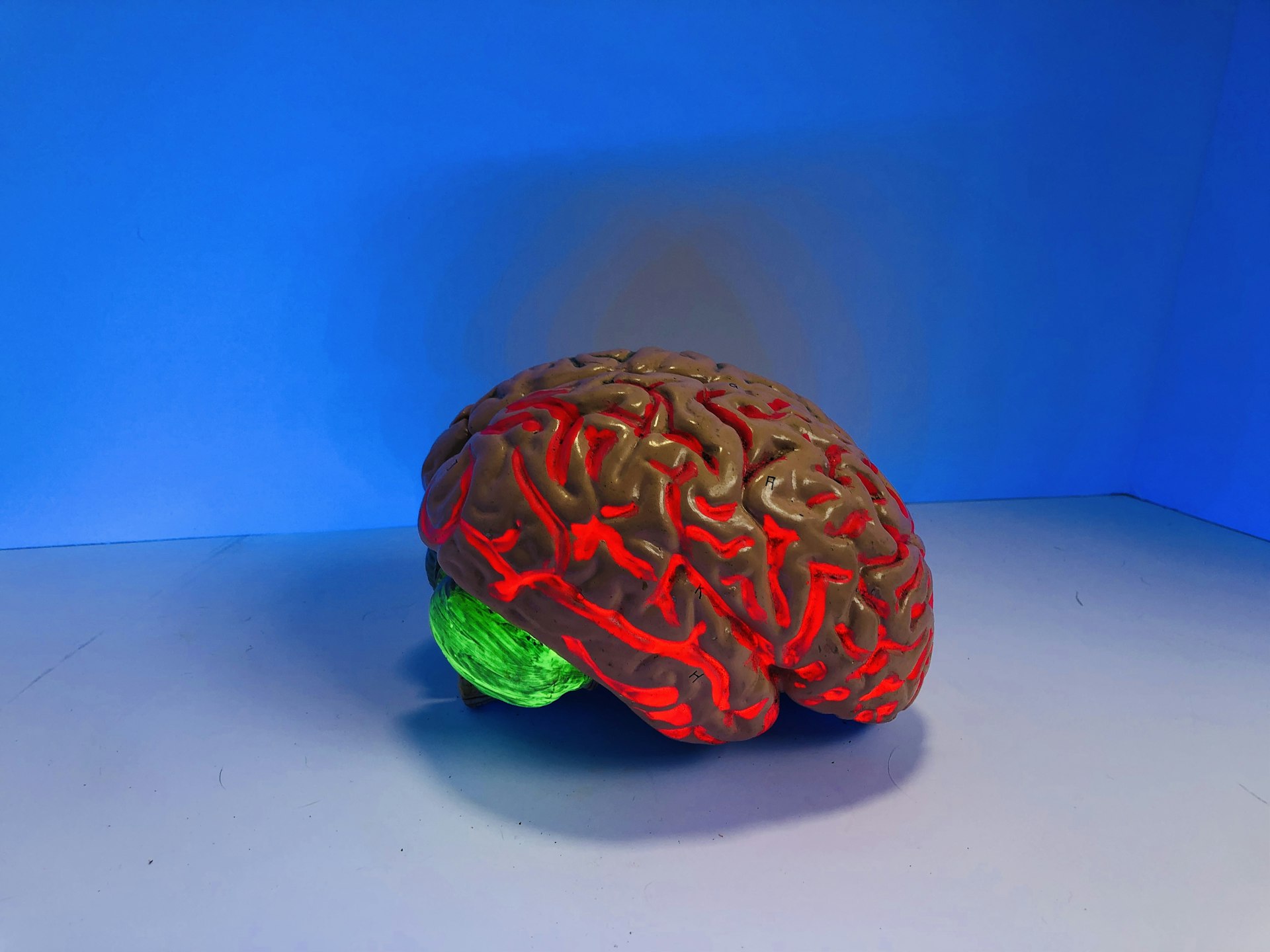Unlocking the Future: How Brain-Computer Interfaces Are Transforming Medicine


Photo by Natasha Connell on Unsplash
Introduction: The New Frontier of Medical Innovation
Brain-computer interfaces (BCIs) are poised to revolutionize medicine by establishing a direct communication pathway between the human brain and external devices. These technologies promise significant breakthroughs for individuals with neurological disorders, mobility impairments, and communication challenges. As research rapidly advances, BCIs are moving from experimental settings into clinical applications, offering renewed hope and new possibilities for patients and healthcare providers alike. This article explores the current landscape, future prospects, practical applications, and key considerations for those interested in accessing or implementing BCI technologies.
What Are Brain-Computer Interfaces and How Do They Work?
BCIs can be categorized as active or passive systems. Active BCIs require deliberate thought by the user to control external devices, such as robotic arms or communication tools, while passive BCIs monitor brain states without conscious effort, enabling mental health assessments or early disease detection [3] . Traditional BCIs often use electrodes on the scalp (non-invasive), but recent advances include minimally invasive microelectrode arrays and even wearable sensors placed between hair follicles for continuous, comfortable monitoring [5] .
Current Applications in Medicine
Restoring Communication for Paralysis Patients: BCIs can decode brain signals related to speech or movement, even in patients who are unable to speak or move physically. For example, Stanford researchers have developed microelectrode implants that interpret the brain’s intention to speak, translating neural activity into text or synthetic speech with remarkable accuracy [2] . Such systems provide a lifeline for individuals with conditions such as amyotrophic lateral sclerosis (ALS) or severe stroke.
Motor Function Restoration: In clinical trials, BCIs have enabled patients to control robotic limbs, wheelchairs, and computers, offering a degree of independence previously thought unattainable. These technologies are especially relevant for those with spinal cord injuries or advanced neurodegenerative diseases [1] .
Monitoring and Early Detection: Passive BCIs are being integrated into routine care for mental health monitoring, cognitive assessments, and potentially the early detection of conditions such as epilepsy, Parkinson’s disease, and Alzheimer’s disease. This continuous monitoring can provide early warning signs and enable timely intervention [3] .
Recent Breakthroughs and Emerging Technologies
Leading companies such as Neuralink have demonstrated the feasibility of implanting miniaturized devices to restore vision or enable direct device control. The first human implant in 2024 and subsequent innovations, like the Blindsight device for vision restoration, have drawn international attention [4] . Meanwhile, advances in wearable, wireless BCIs-such as microstructure sensors developed at Georgia Tech-are making continuous brain monitoring possible without the discomfort of traditional gel-based electrodes [5] .
The global BCI market is projected to grow from $2.87 billion in 2024 to $15.14 billion by 2035, reflecting rapid adoption and a surge in research and development [1] .
How to Access Brain-Computer Interface Technologies
Access to BCI technologies in medical settings is typically facilitated through specialized clinical trials, research hospitals, and emerging neurotechnology companies. If you or a loved one are interested in participating in a BCI trial or exploring clinical applications:

Photo by Bhautik Patel on Unsplash
- Contact major academic medical centers with neurology or neurosurgery departments. Many leading hospitals have ongoing BCI research or clinical programs.
- Speak with your neurologist or rehabilitation specialist about referral options. They can help identify whether you may qualify for current or upcoming studies.
- Monitor reputable news outlets and the official websites of leading BCI companies and university research groups for announcements regarding clinical trials or patient recruitment.
- Search the official ClinicalTrials.gov database for “brain-computer interface” and filter by your location and condition to find verified, currently recruiting studies.
- Be prepared to discuss your medical history and undergo thorough screening to determine eligibility for participation in BCI trials.
If you are seeking commercial solutions (for example, assistive communication devices approved for home use), consult with your healthcare provider and research which products have received regulatory clearance from the U.S. Food and Drug Administration (FDA) or equivalent agencies in your country.
Challenges and Ethical Considerations
While the promise of BCIs is immense, several challenges must be addressed to ensure safe, ethical, and equitable implementation:
Clinical Risks and Safety: Surgical implantation of BCI devices carries risks such as infection, bleeding, and device failure. Even non-invasive systems may cause discomfort or skin irritation. Long-term studies are needed to fully understand the risks and benefits [4] .
Data Privacy and Security: BCIs generate sensitive neural data that could be misused if not properly protected. There are growing calls for robust data protection standards and transparent consent processes to safeguard patient privacy.
Ethical and Legal Questions: Issues such as informed consent, autonomy, and the integration of BCIs into human identity have become central to ongoing debates. Regulatory agencies and ethicists are working to develop guidelines that balance innovation with individual rights and public safety [4] .
Accessibility and Cost: The high cost of advanced BCI systems may limit access for some patients. As the field matures, insurance coverage, government subsidies, or nonprofit initiatives may help broaden availability. Patients are encouraged to discuss funding options with their healthcare providers and search for relevant assistance programs offered by national neurological disease organizations.
Future Directions and Opportunities
The next decade will likely see BCIs integrated into mainstream clinical care for neurological disease management, rehabilitation, and mental health monitoring. Researchers anticipate improvements in device miniaturization, wireless communication, and AI-driven signal interpretation that will make BCIs more practical and user-friendly [5] . There is also growing interest in non-invasive and wearable solutions that can be used in everyday settings without surgical intervention.
As research accelerates, collaboration among clinicians, engineers, ethicists, and policymakers will be crucial to realize the full potential of BCI technology while addressing risks and ensuring equitable access. To stay informed about new developments, regularly consult medical news sources, official research publications, and the websites of major neurological and neurosurgical societies.
Practical Steps and Alternatives
If you are considering BCI technology for yourself or someone you care for, here are actionable steps:
- Engage with your healthcare team to discuss eligibility and potential benefits or risks.
- Research ongoing clinical trials on ClinicalTrials.gov by searching “brain-computer interface.”
- Contact national neurological organizations such as the American Academy of Neurology or the Brain Injury Association for resources and referrals.
- Monitor patient advocacy groups, which may offer guidance on navigating new technology and accessing experimental therapies.
- Explore alternative assistive technologies, such as eye-tracking communication systems or advanced prosthetics, if BCIs are not immediately available or suitable.
Remember that participation in experimental BCI trials typically involves a thorough evaluation process, ongoing follow-up, and detailed informed consent. Discuss all options with qualified medical professionals and consider seeking a second opinion when appropriate.
Conclusion
The future of brain-computer interfaces in medicine is both promising and complex. As new devices and applications become available, patients, families, and providers should remain informed about the latest developments, ethical guidelines, and practical pathways to access these transformative technologies. By taking proactive steps, seeking credible information, and working with experienced medical teams, it is possible to benefit from innovations that were once the realm of science fiction.
References
- [1] Spherical Insights (2025). Top 10 Brain-Computer Interface Companies in 2025.
- [2] Stanford Medicine News (2025). Scientists develop interface that ‘reads’ thoughts from speech signals.
- [3] One Giant Leap Insights (2025). How are brain-computer interfaces transforming medicine in 2025?
- [4] Frontiers in Human Dynamics (2025). Neuralink’s brain-computer interfaces: medical innovations and ethical challenges.
- [5] Georgia Tech Research (2025). New Wearable Brain-Computer Interface.






